![]()
![]()
![]()
Use LEFT and RIGHT arrow keys to navigate between flashcards;
Use UP and DOWN arrow keys to flip the card;
H to show hint;
A reads text to speech;
36 Cards in this Set
- Front
- Back
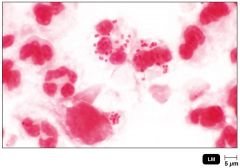
|
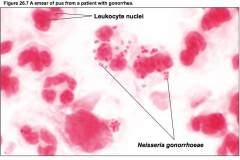
|
|
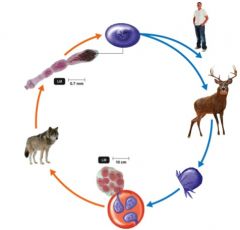
|
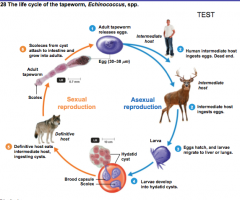
|
|
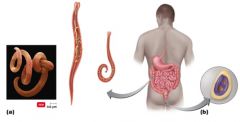
|
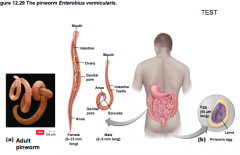
|
|

|
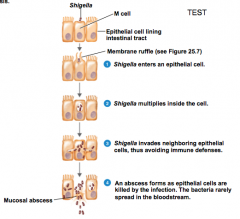
|
|

|
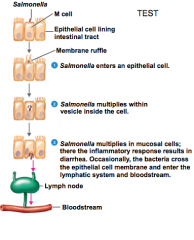
|
|
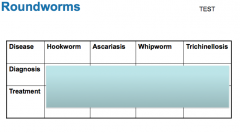
|
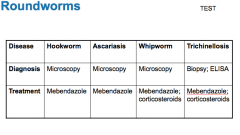
|
|
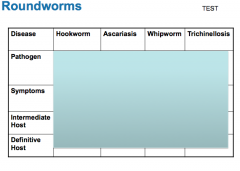
|
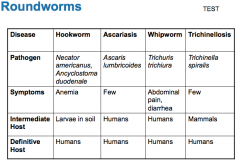
|
|
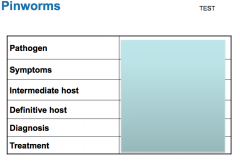
|
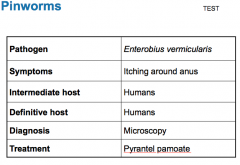
|
|
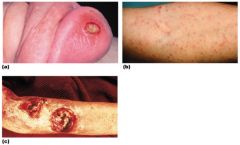
|
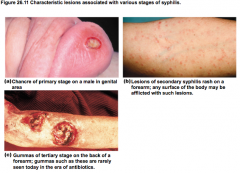
|
|
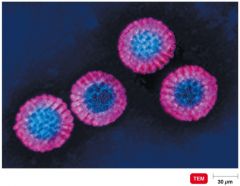
|
rotovirus |
|
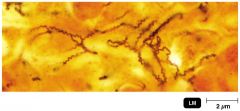
|
T. pallidum |
|
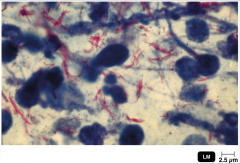
|
Mycobacterium tuberculosis, corded growth (look at red) used to identify in a culture |
|
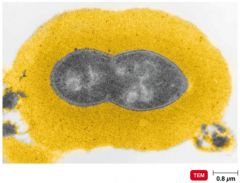
|
Streptococcus pneumoniae |
|
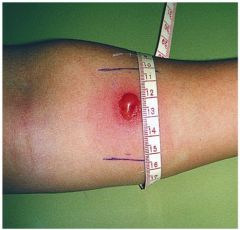
|
positive tuberculosis skin test (does not mean person has TB) |
|
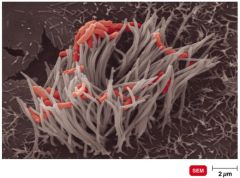
|
Bordetella pertussis, attacks cilia and makes hard to bring up flegm, gram negative |
|
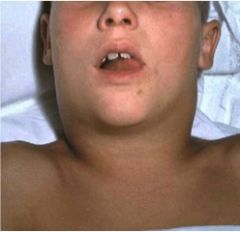
|
diphtheria (caused by corynebacterium diptheriae) first thing strep then diphtheria unless says not vaccinated or traveling |
|

|
diphtheria (caused by corynebacterium diptheriae) frist think strep then diphtheria |
|
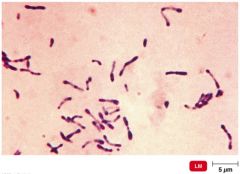
|
Corynebacterium diphtheriae, notice clubbed cells and palisade arrangement |
|
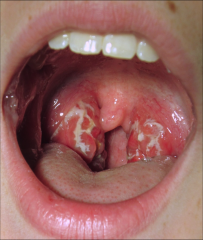
|
Streptococcal pharyngitis (caused by S. pyogenes) |
|
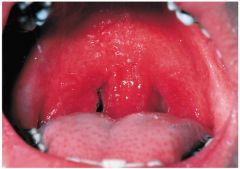
|
Streptococcal pharyngitis (cause by Streptococcal pyogenes) |
|
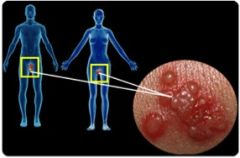
|
Genital herpes (caused by herpes simplex virus, human herpesvirus 2) |
|
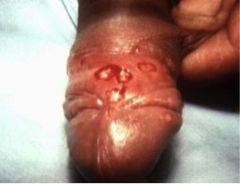
|
Genital herpes (caused by herpes simplex virus, human herpesvirus 2) |
|

|
genital warts (caused by Human papillomavirus) |
|
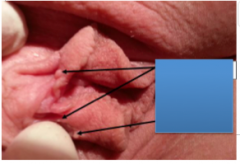
|
genital warts (caused by HPV) top: genital warts bottom: positive HPV |
|
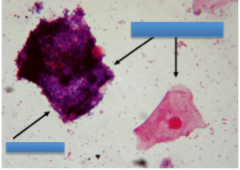
|
Left: clue cell, vaginal cells covered with bacteria that are signs of bacterial vaginosis. vaginal pH of 4.5> is another sign Right: normal vaginal epithelial cell |
|
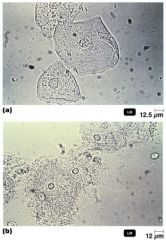
|
top=normal bottom= Gardnerella vaginalis bacteria |
|
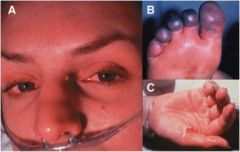
|
Toxic Shock Syndrome: caused by Staphylococcus aureus (staph infection) |
|
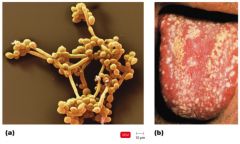
|
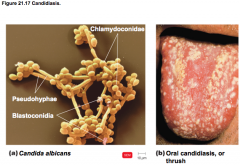
|
|

|
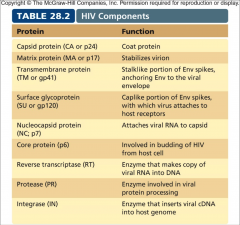
|
|
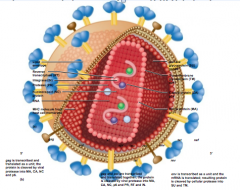
What is shown? |
HIV microbe |
|

|
Ebola (RNA) virus, belongs to viral family Filoviridae |
|

|
Clostriduim tetani: causes tetanus, gram positive, anaerobic, rod shape, forms spore at one end, swarming growth |
|

|
Epidemic parotitis, mumps: painful swelling of parotid salivary glands |
|
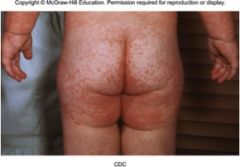
|
measles (caused by Morbillivirus-RNA), also known as red measles or rubeola, MMR vaccine |
|
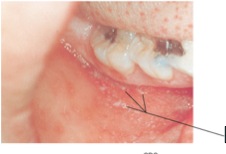
|
Koplik spots: oral lesions associated with measles (caused by Morbillivirus-RNA) |
|
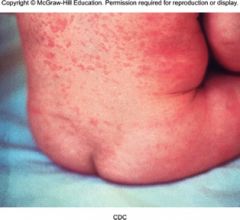
|
rubella (german measles), caused by Rubivirus, a Togavirus, MMR vaccine |

